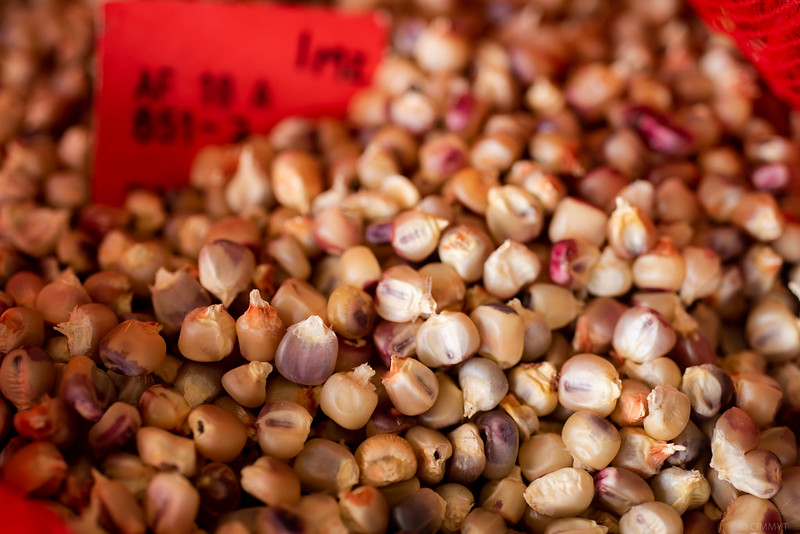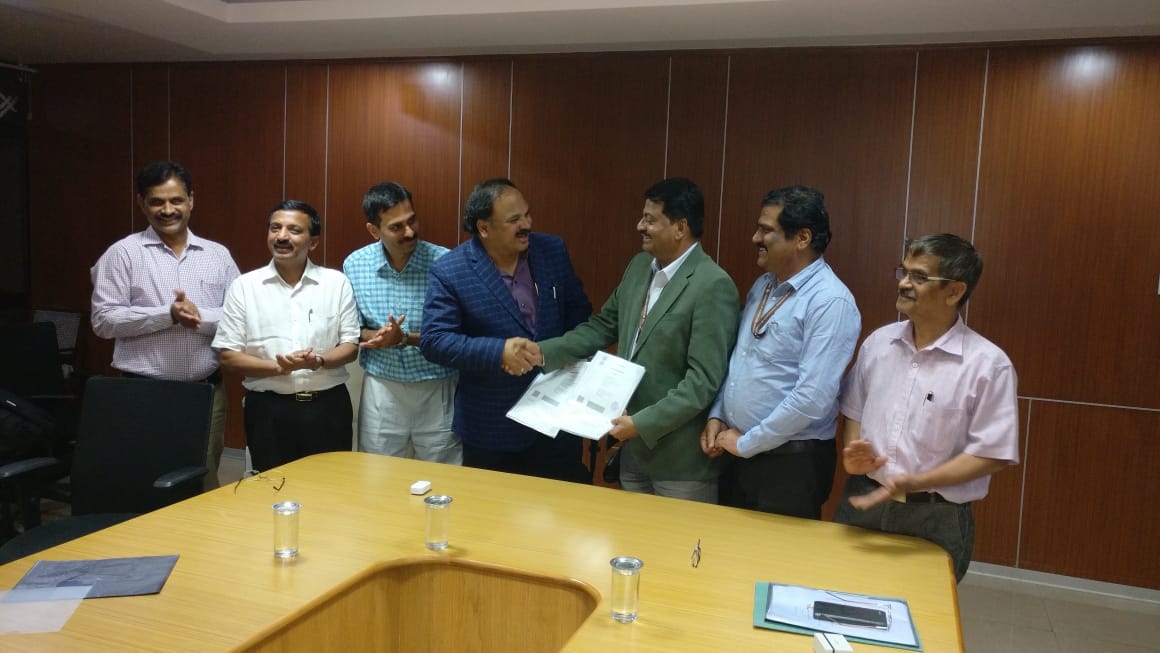Haploids — which are produced naturally in maize — were first identified in the crop about a century ago. Today they are used widely in different breeding programs, particularly in the development of doubled haploids, which are highly uniform, genetically pure and stable. Doubled-haploid technology has simplified logistics to make the maize breeding process more efficient and intuitive, facilitated studies at the molecular and genomic level, and increased genetic gains in different breeding programs.
In a recent review article, scientists from the International Maize and Wheat Improvement Center (CIMMYT) examine strategies for haploid induction and identification, chromosome doubling and production of doubled haploid seed through self-fertilization. They also discuss the potential applications and key challenges linked with doubled haploid technology in maize, and suggest future research directions for people involved in fast-track maize breeding, the seed industry, and academia.
Extensive studies of haploids and doubled haploids have increased our understanding of the genetic basis and mechanisms involved in haploid induction, the factors that affect haploid induction, different markers to identify putative haploids, and different chemicals agents that can be used for chromosome doubling.
The technology is useful because the resulting plants are free from different social issues and legal regulations associated with transgenic crops. It maximizes genetic gains in breeding programs, is one of the fastest tools available for developing large numbers of inbred lines quickly and reduces the cost of breeding programs.
“Deployment of doubled haploid technology is much needed for commercial hybrid maize breeding programs to make them more efficient and economical,” says article co-author Abdurahman Beshir, a maize seed systems specialist based in Nepal. “The technology is also useful to have accelerated varietal turnover and a higher maize seed replacement rate in different market segments.”
Many multinational seed companies have adopted doubled haploid technology for the wide-scale production of inbred lines. The development of novel techniques for haploid induction and the subsequent production of doubled haploid plants holds significant potential for the management of genetic resources, germplasm enhancement and the development of novel plant populations. Researchers at CIMMYT have also made significant efforts to help national breeding programs adopt this technology, especially in South Asia, where the organisation has shared haploid inducers with numerous partners in Pakistan.
But, while this technology can accelerate maize breeding, it still faces challenges at each step of doubled haploid line development and the authors argue there is a need to extensively explore the genetic potential of this technology to continue increasing the genetic gains associated with different breeding programs.
Read the full article: Doubled haploids in maize: Development, deployment, and challenges
Cover image: A mixture of doubled haploid maize kernels seen in close-up at CIMMYT’s Agua Fria experimental station in Mexico. (Photo: Alfonso Cortés/CIMMYT)
Read more new publications from CIMMYT researchers:
- Choudhary, M., Meena, V. S., Panday, S. C., Mondal, T., Yadav, R. P., Mishra, P. K., Bisht, J. K., & Pattanayak, A. (2021). Long-term effects of organic manure and inorganic fertilization on biological soil quality indicators of soybean-wheat rotation in the Indian mid-Himalaya. Appl. Soil Ecol., 157.
- Costa-Neto, G., Fritsche-Neto, R., & Crossa, J. (2021). Nonlinear kernels, dominance, and envirotyping data increase the accuracy of genome-based prediction in multi-environment trials. Heredity, 126(1), 92-106.
- Jat, H. S., Datta, A., Choudhary, M., Sharma, P. C., & Jat, M. L. (2021). Conservation Agriculture: Factors and drivers of adoption and scalable innovative practices in Indo-Gangetic plains of India – a review. International Journal of Agricultural Sustainability, 19(1), 40-55.
- Jena, P. R., De Groote, H., Nayak, B. P., & Hittmeyer, A. (2021). Evolution of Fertiliser Use and its Impact on Maize Productivity in Kenya: Evidence from Multiple Surveys. Food Sec., 13(1), 95-111.
- Krishna, V. V., & Kubitza, C. (2021). Impact of oil palm expansion on the provision of private and community goods in rural Indonesia. Ecol. Econ., 179, 106829.
- Novotny, I. P., Fuentes-Ponce, M. H., Tittonell, P., Lopez-Ridaura, S., & Rossing, W. A. H. (2021). Back to the people: The role of community-based responses in shaping landscape trajectories in Oaxaca, Mexico. Land Use Policy, 100, 104912.
- Romero-Salas, E. A., Navarro-Noya, Y. E., Luna-Guido, M., Verhulst, N., Crossa, J., Govaerts, B., & Dendooven, L. (2021). Changes in the bacterial community structure in soil under conventional and conservation practices throughout a complete maize (Zea mays L.) crop cycle. Appl. Soil Ecol., 157, 103733.
- Simtowe, F., & De Groote, H. (2021). Seasonal participation in maize markets in Zambia: Do agricultural input subsidies and gender matter? Food Sec., 13(1), 141-155.
- Simtowe, F., Makumbi, D., Worku, M., Mawia, H., & Rahut, D. B. (2021). Scalability of Adaptation strategies to drought stress: The case of drought tolerant maize varieties in Kenya. International Journal of Agricultural Sustainability, 19(1), 91-105.
- Sserumaga, J. P., Makumbi, D., Oikeh, S. O., Otim, M., Machida, L., Anani, B. Y., Nhamucho, E., Beyene, Y., & Mugo, S. (2021). Evaluation of early-generation tropical maize testcrosses for grain-yield potential and weevil (Sitophilus zeamais Motschulsky) resistance. Crop Protection, 139, 105384.

 Innovations
Innovations 
